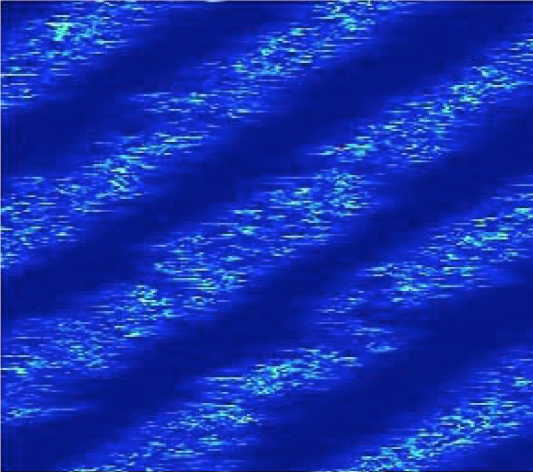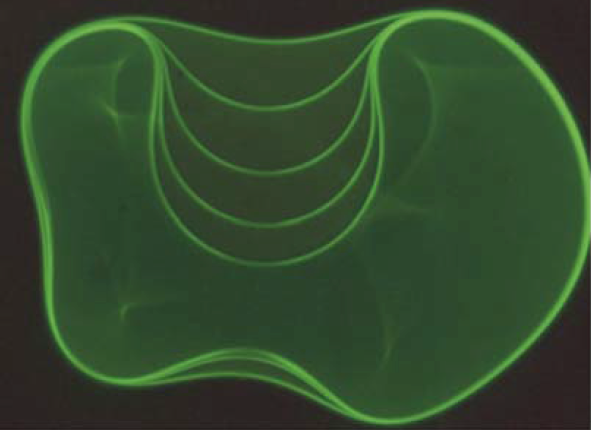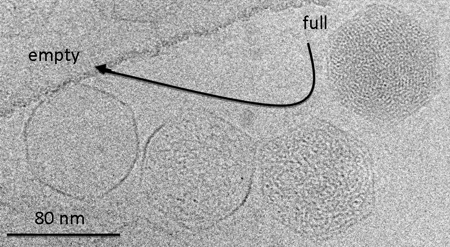Complex Systems: from non-equilibrium processes to biological matter
| Statistical physics of equilibriumd systems provides a strong framework to classical thermodynamics. However, most of the condensed matter systems encountered in biological, industrial or natural systems develop out of equilibrium because of the influence of external forces or because they cannot return to equilibrium (glasses). Those systems are often non-linear, disordered or complex; interactions between their elementary components can lead to the emergence of new properties. The objects of researches come from diverse fields such as glasses, granular materials, soft matter, simple and complex fluids, active or biological matter, lasers. Themes studied are varied too: fracture, interface, materials in suspension, instabilities, transitions, turbulence, mix, transport, networks, and information. However the approaches used are the same, specifically in statistical physics.
Understanding the slow and emerging dynamics in out of equilibrium systems thus represents one of the greatest current challenges in physics. Those systems are omnipresent, from the nano-scale to the astronomic scale. (i)They can’t simply be understood by adapting the tools of equilibrium physics. New concepts must be developed to understand them. Paris-Saclay campus brings together many teams at the best international standards who work on these fields. Through this priority theme, we would like to encourage these teams to interact and to establish one common conceptual framework. Transdisciplinary projects comporting theoretical, numerical and experimental aspects will enable the structuring of the scientific community thanks to lines of research matching the fields of physics in which scientific breakthroughs are expected for the years to come.
The theme has open, for the second phase of PALM, to physics and interfaces, specially in biology :
|
|
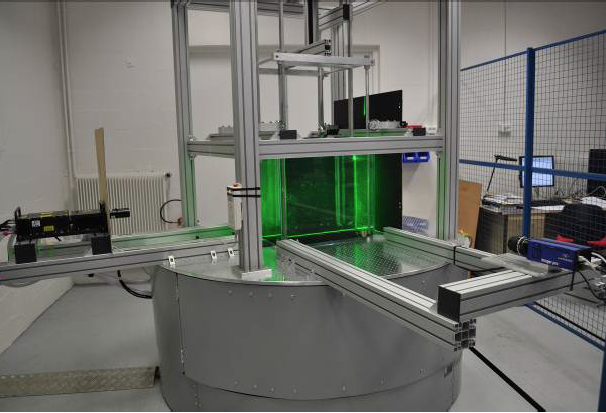 |
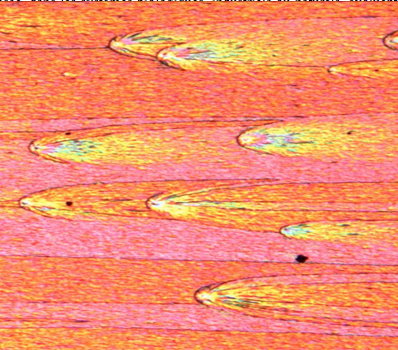 |
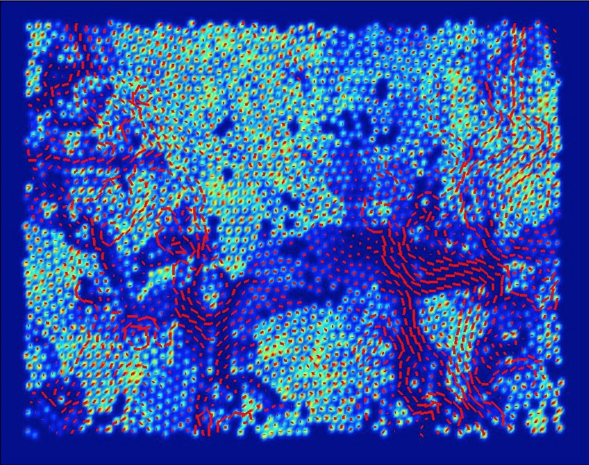 |
||
| GYROFLOW plateform : turbulence in rapidly rotating systems. |
Micro-damage (parabolic mark) observed on the fracture surface of a polymer glass. |
Convection thermique dans un fluide avec une viscosité dépendant de la température. |
Liste of projects funded by topic 2 of PALM
Contact : Gianguido BALDINOZZI (SPMS)
